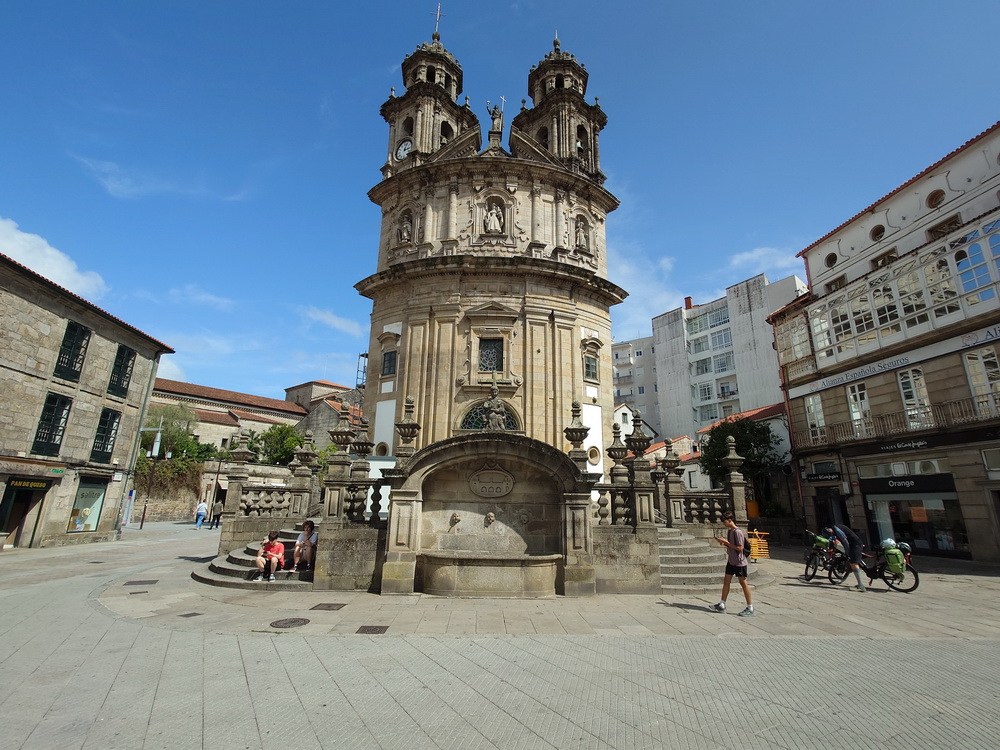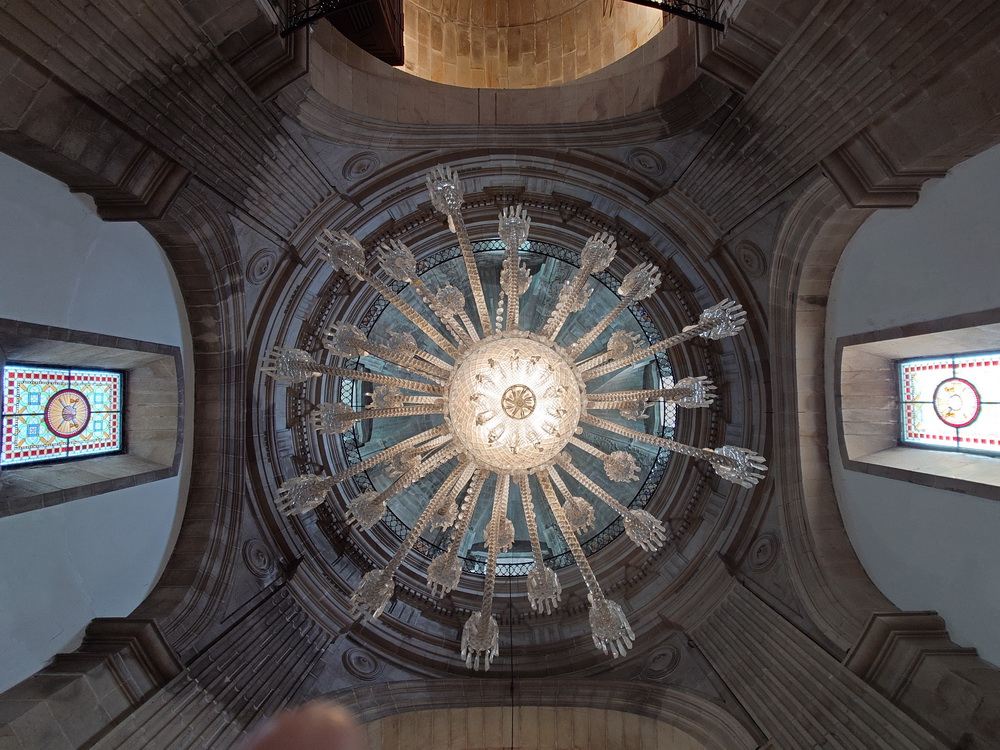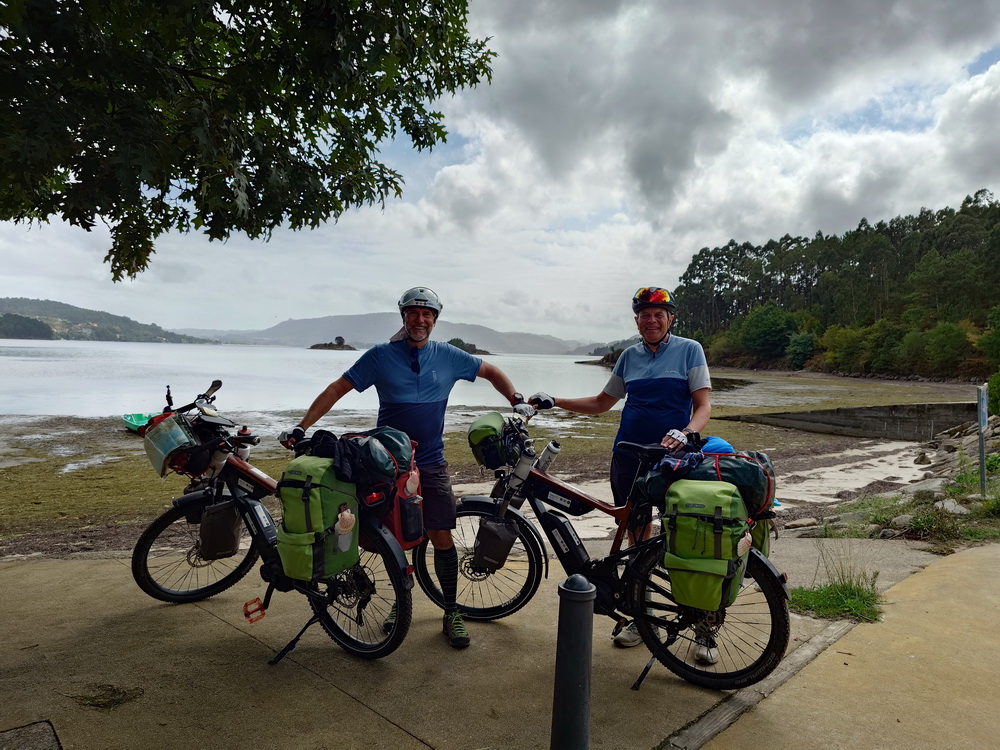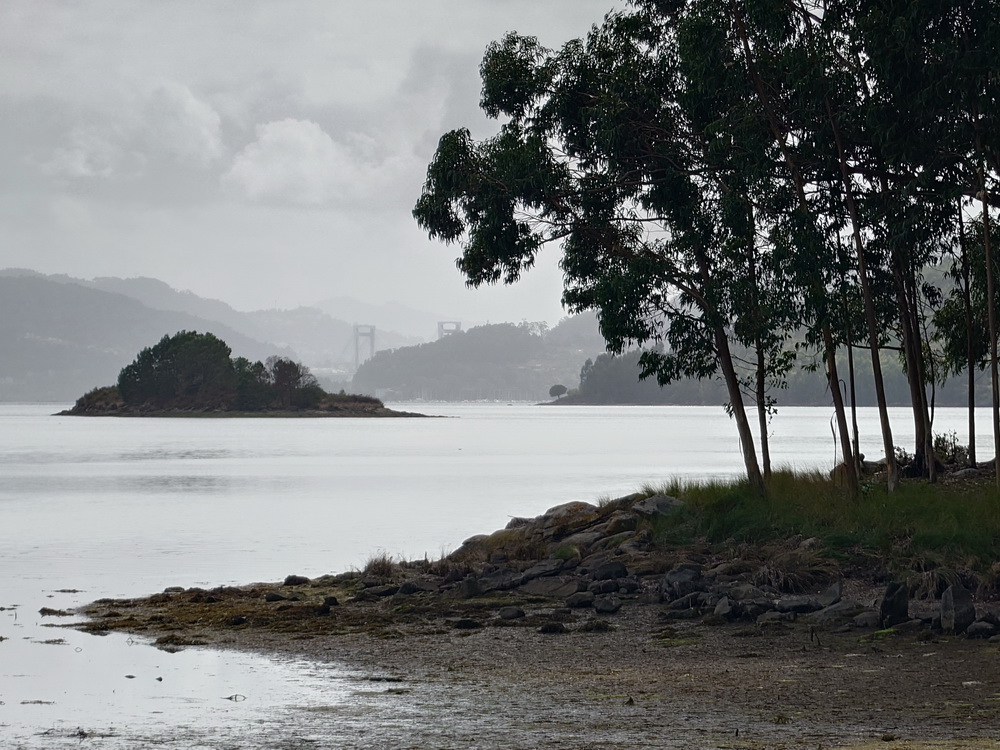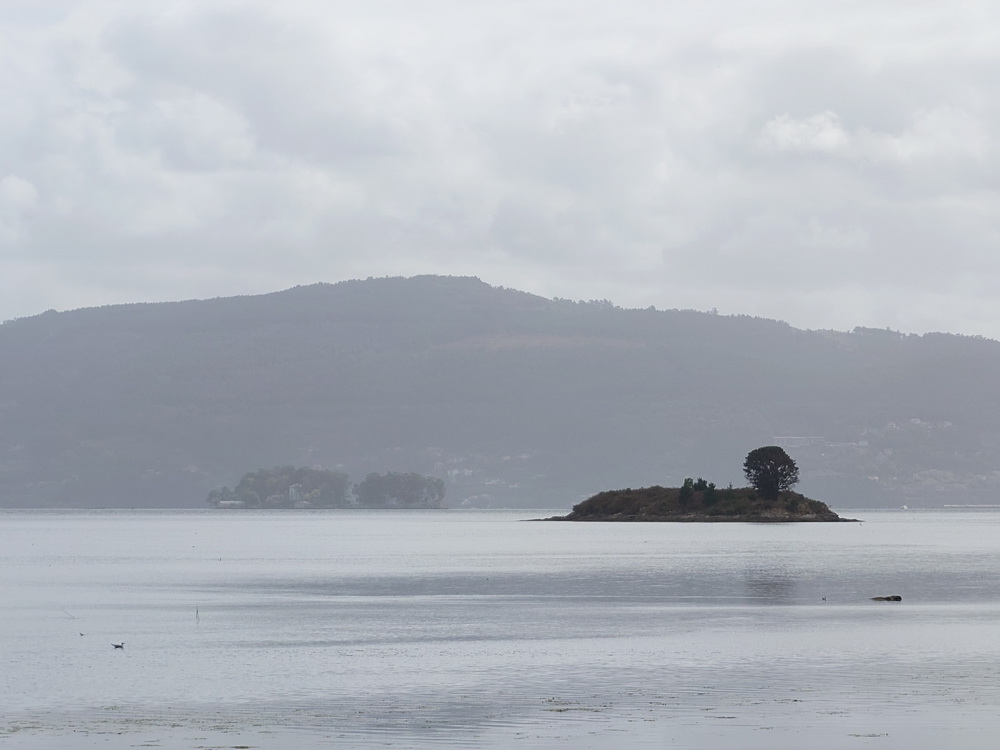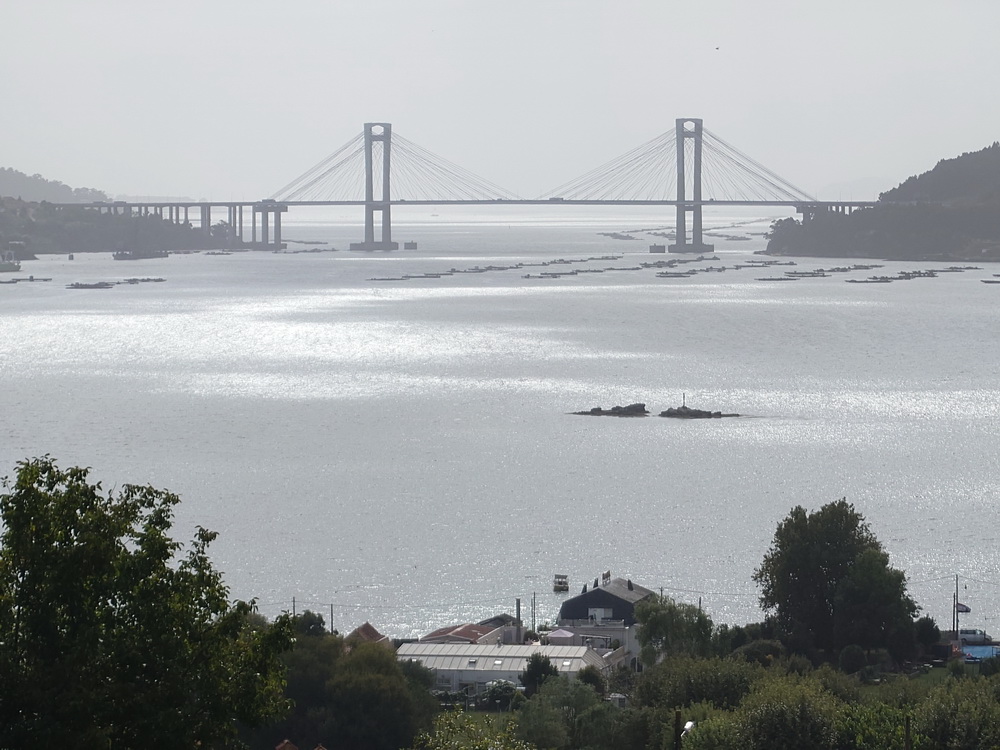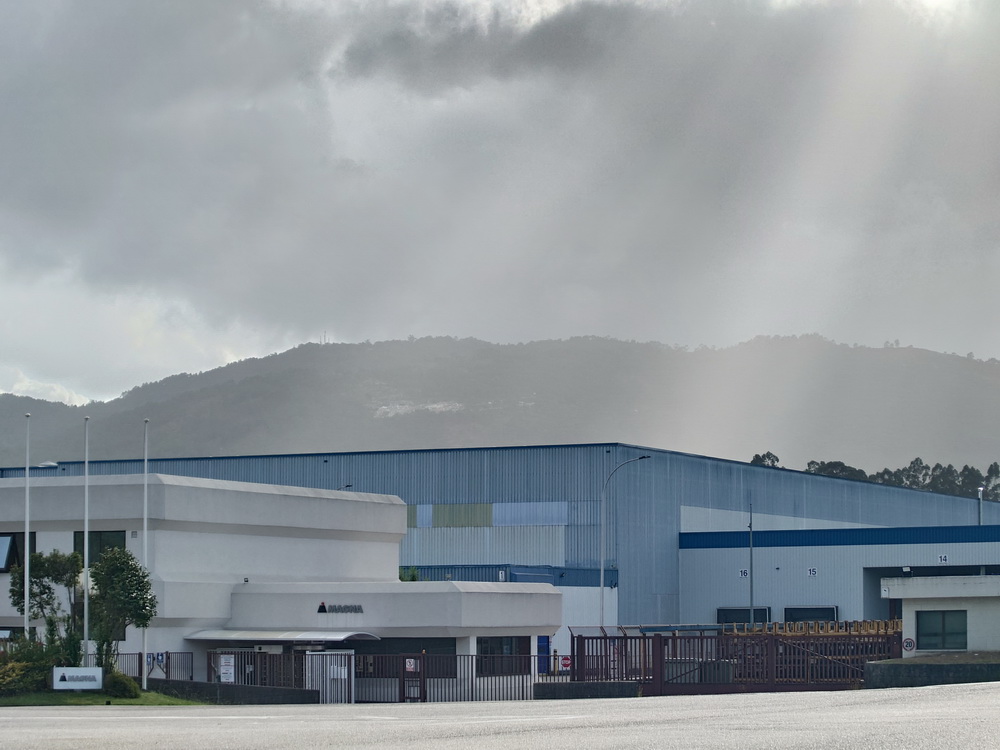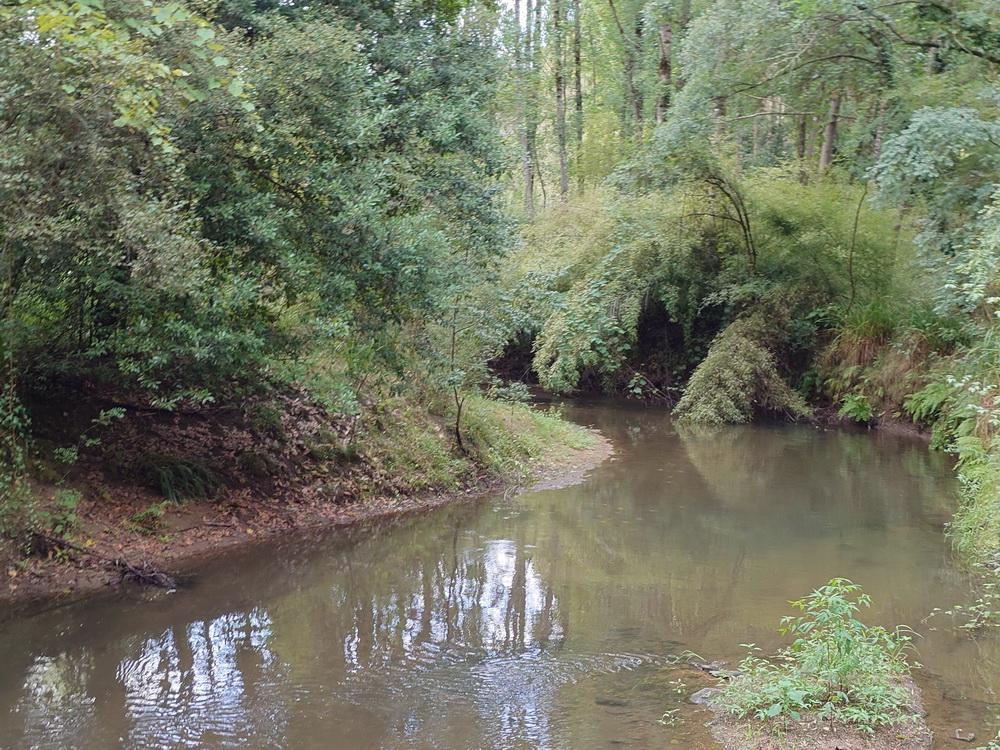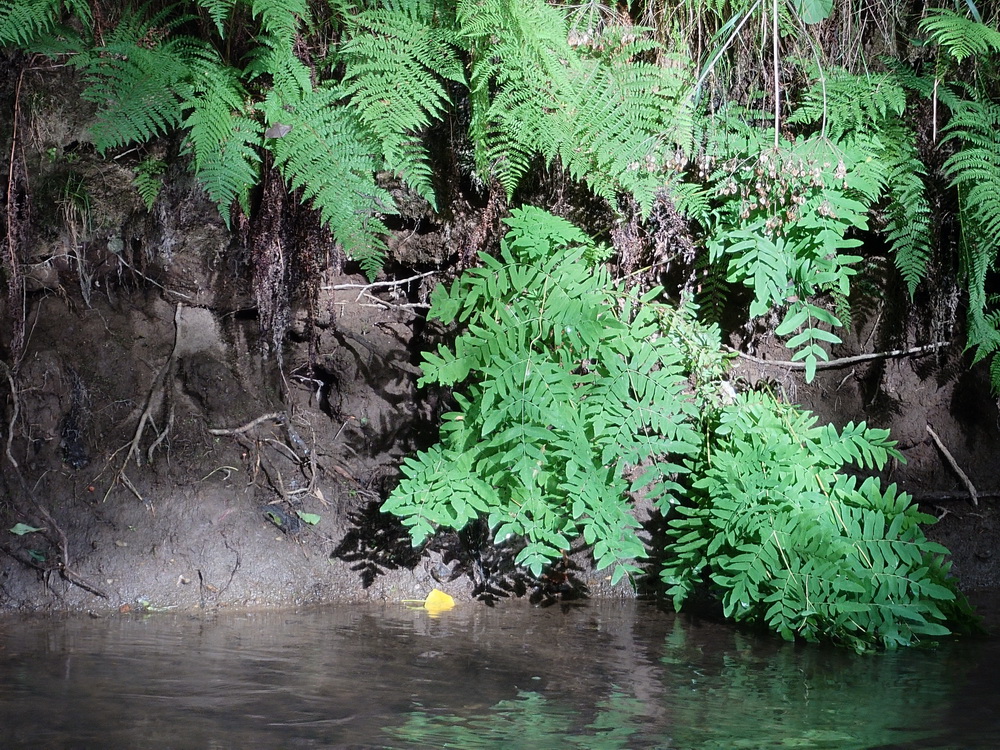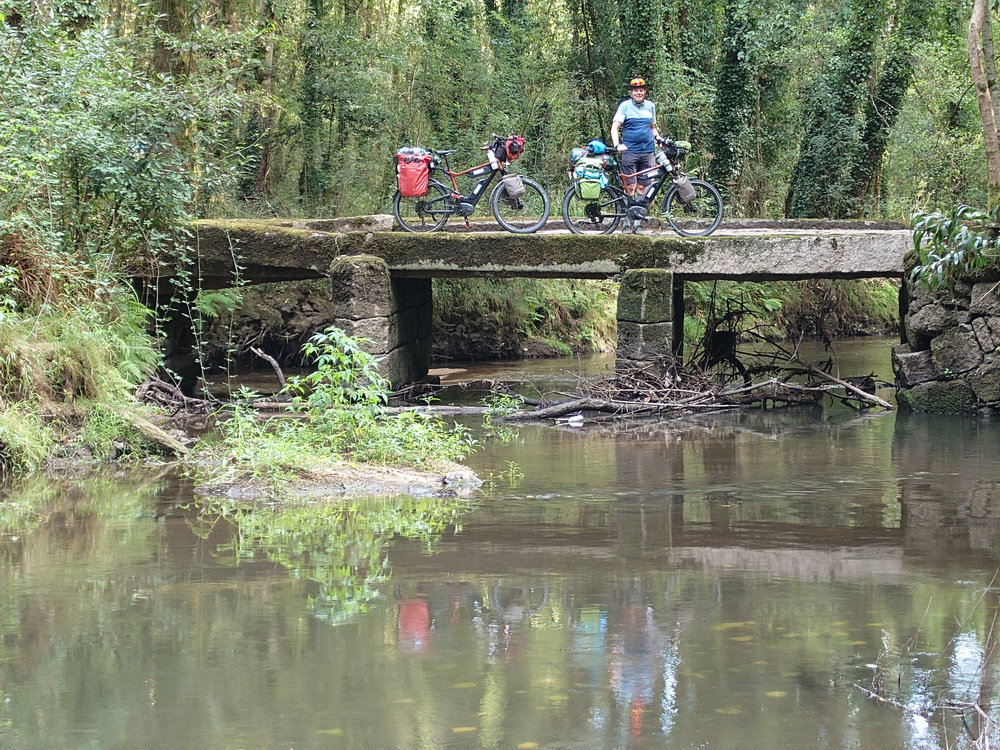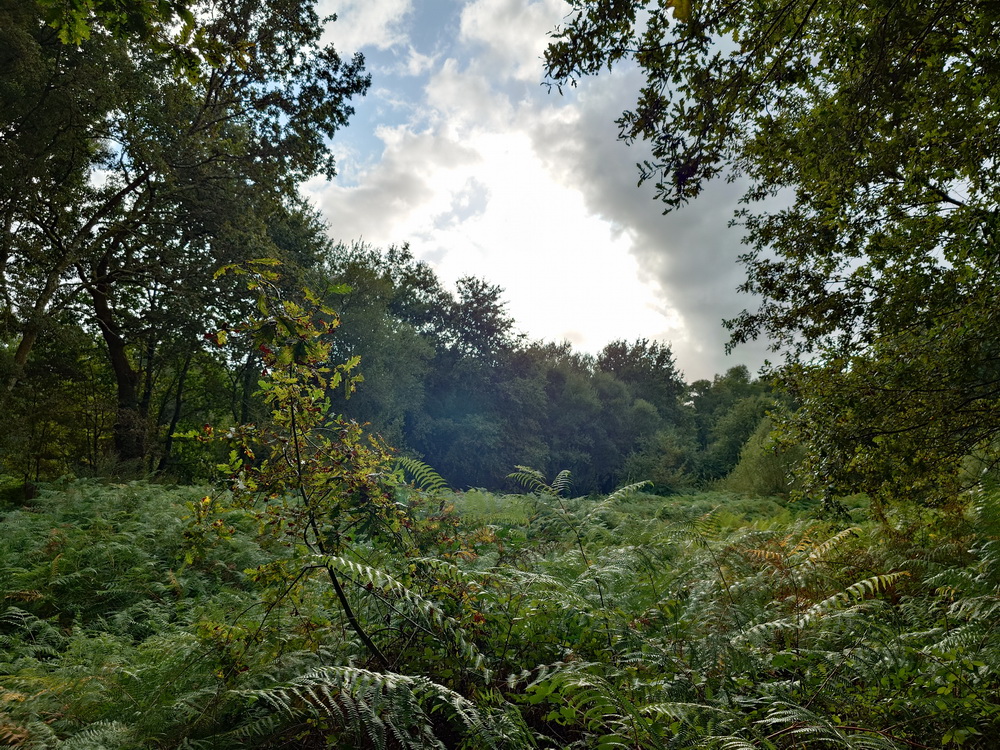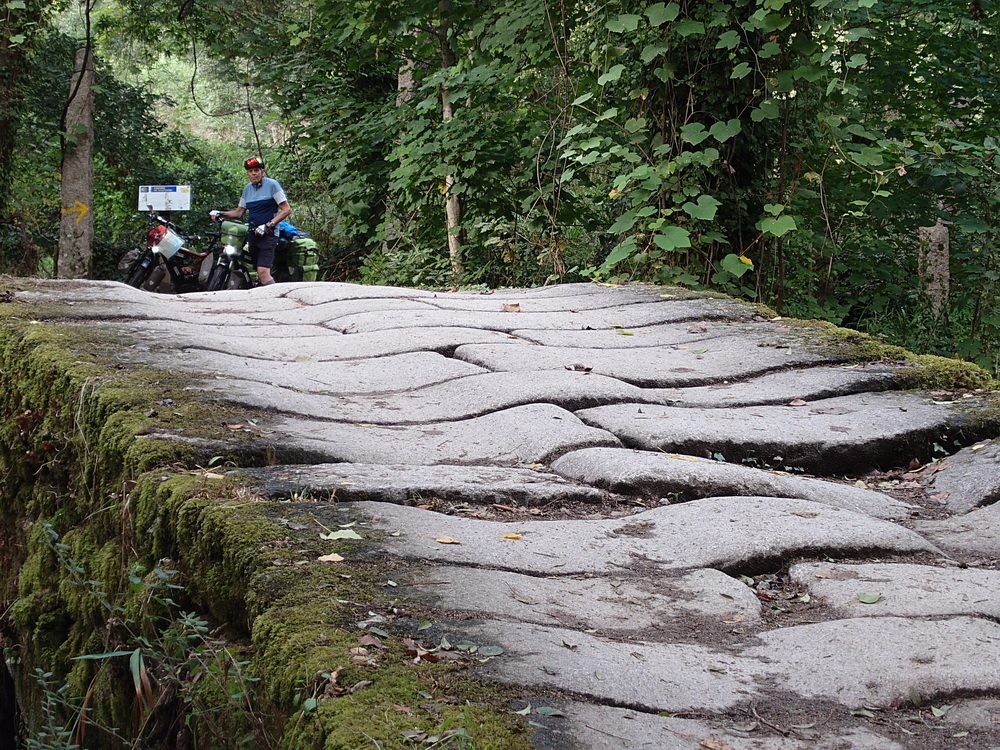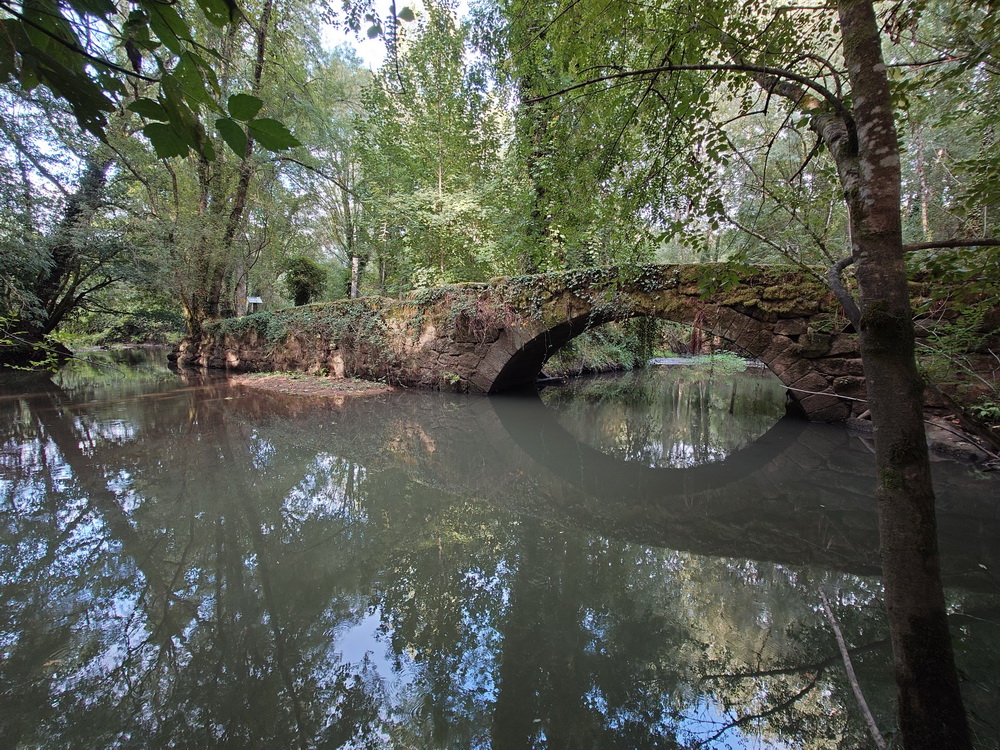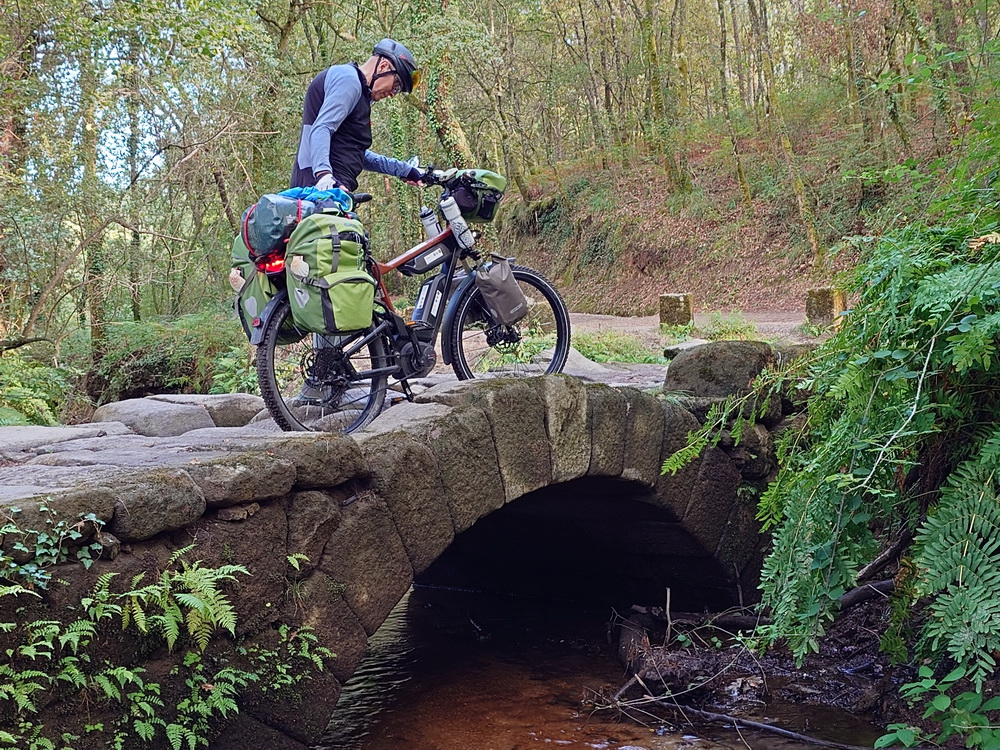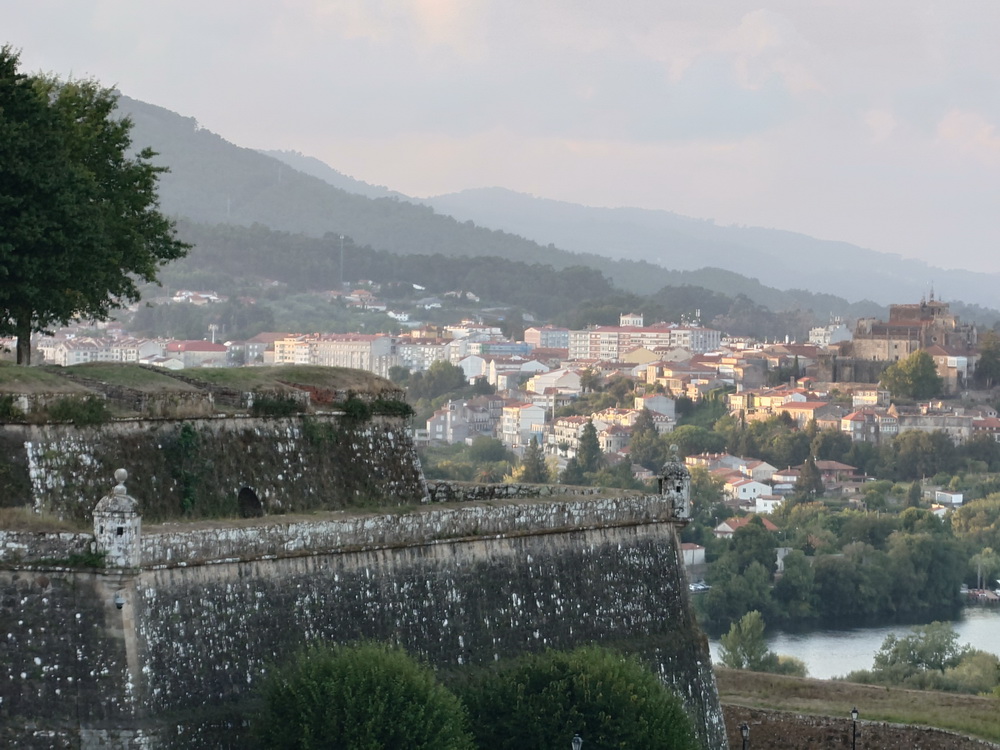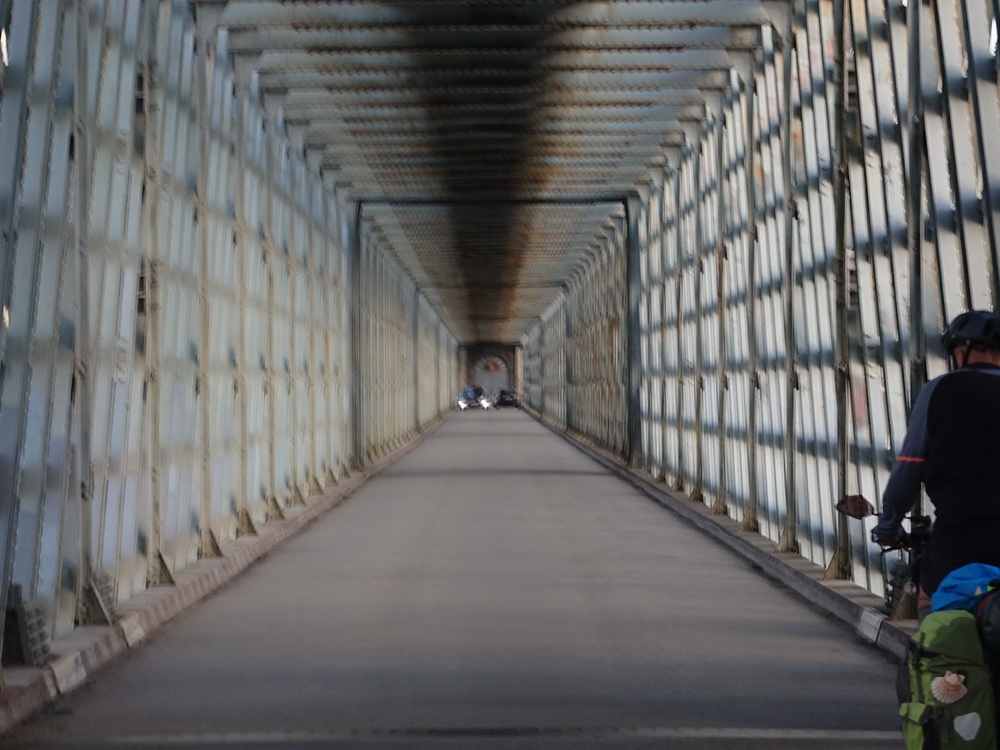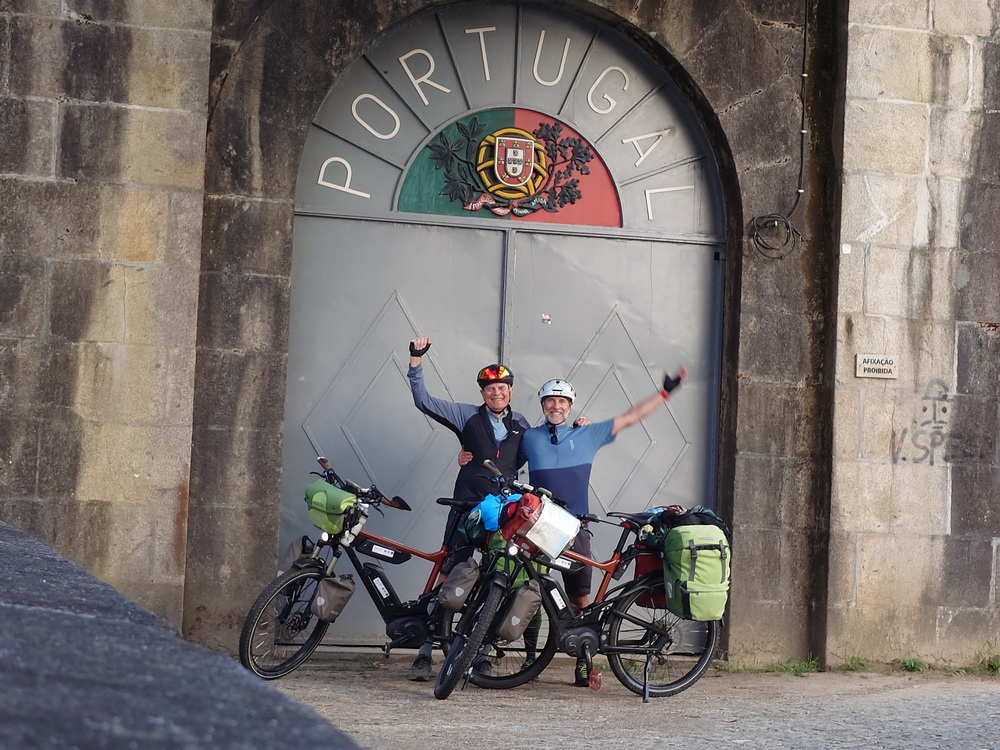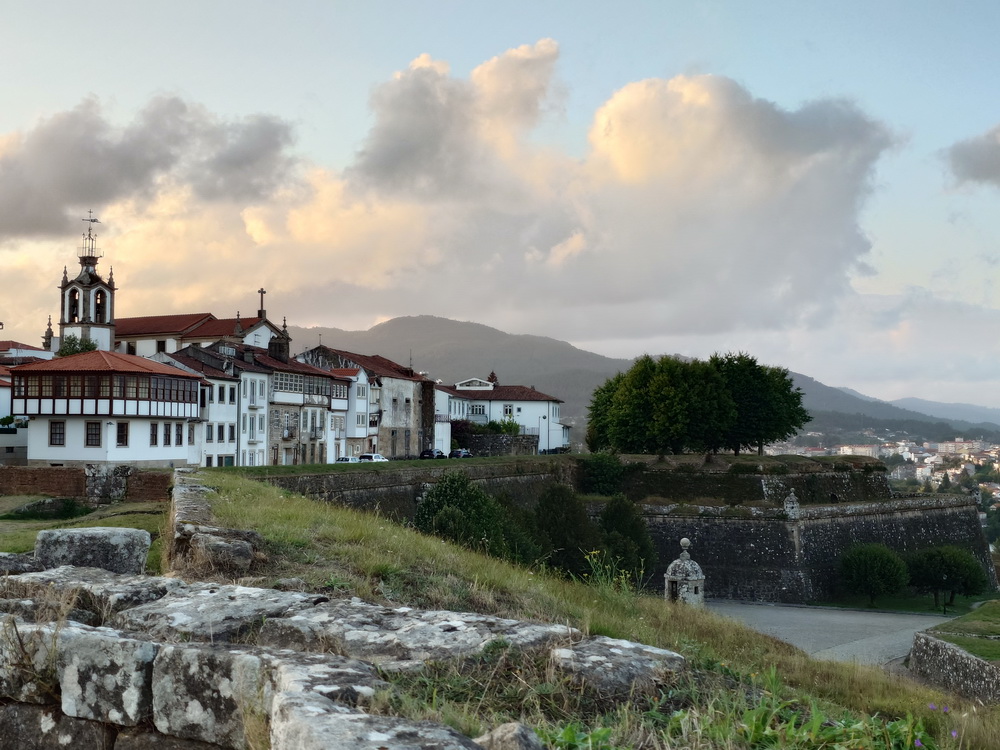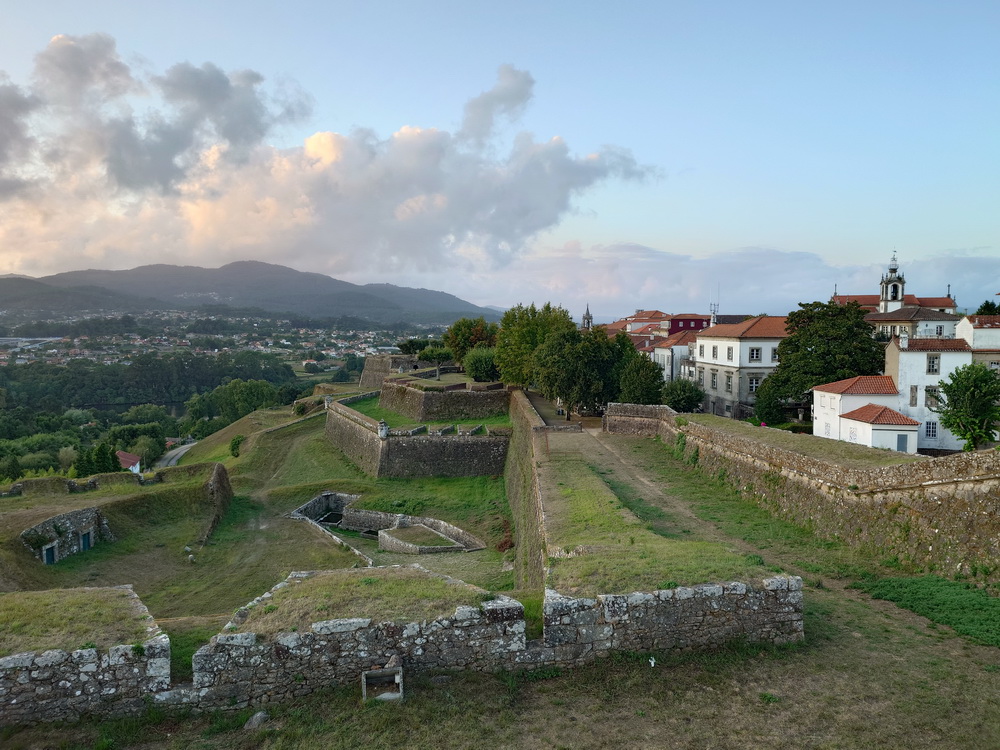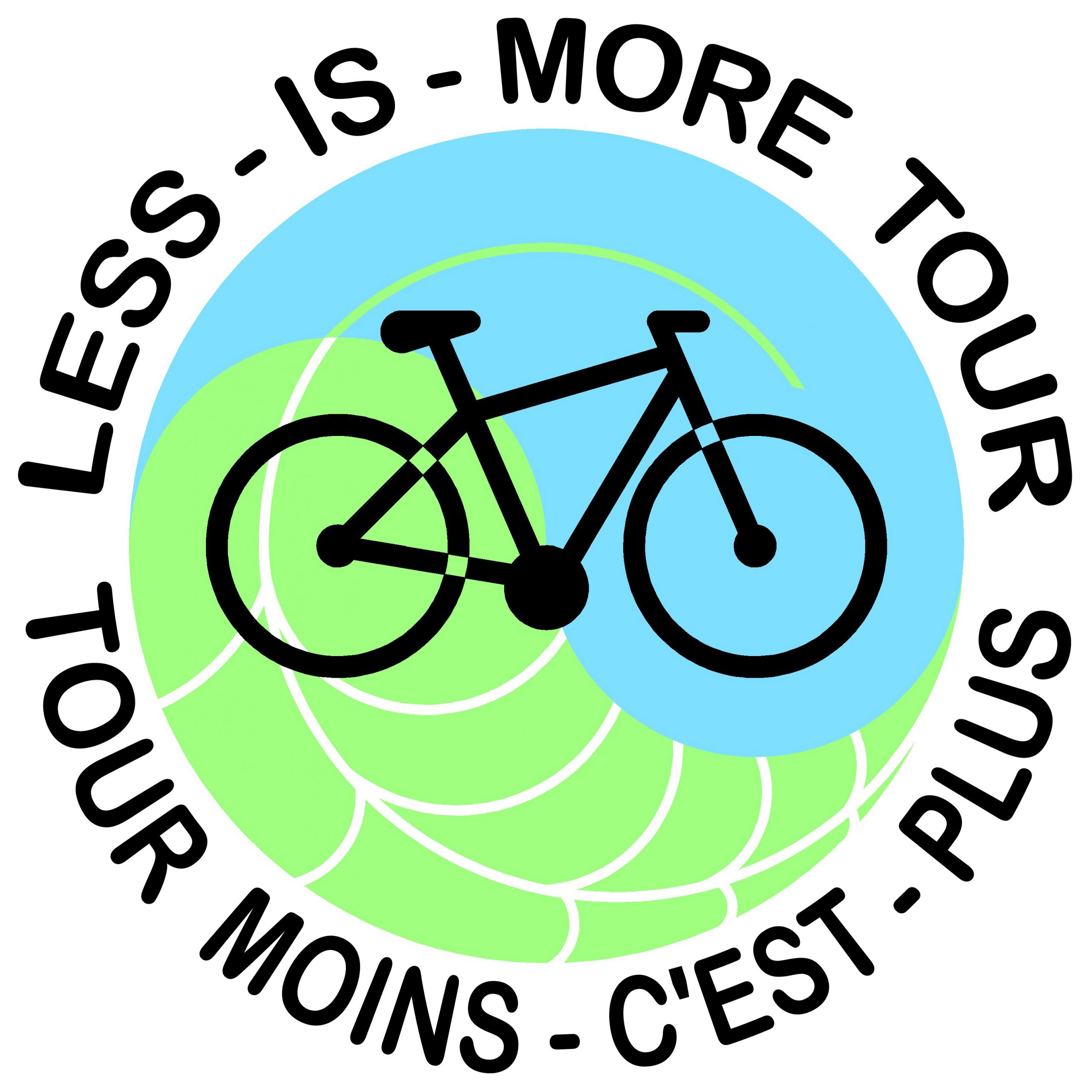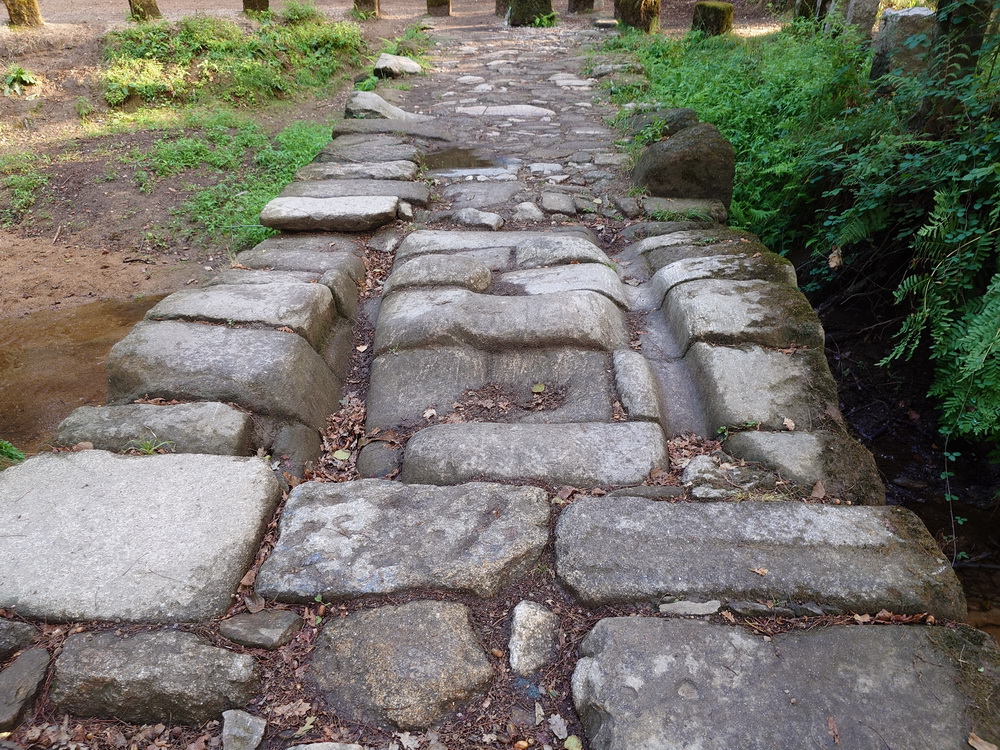3rd of September it was intensely pouring in Santiago and the water covered all surfaces. We used the time to slowly pack our bags and get ready for the next adventure.
As we already had spent three nights in this city we felt like we had to leave the crowd. The energy around us was not the welcoming get-together of pilgrims as we had expected, because they all dealt more with their departure than exchanging their experiences.
Our attempt to get in touch with the Rotary Club of Santiago also reflected this perception, because we had tried to contact them way ahead already in August, when they responded that everyone would be on holiday in August. But we had planned our arrival for September, but you could tell they didn’t care to put in any effort to meet us and hear about our project.
After having experienced the amount of pilgrims arriving every day in this city we understood more and more the difficulties the Rotary Club in Santiago would have to welcome Rotarian pilgrims from all over the world, as that could fill each of their meetings with guests during the whole year.
An article in the “Süddeutsche Zeitung” a few weeks later explained exactly the problems the Camino and the locals are facing due to the pilgrimage developing as a mass phenomenon.
Just for this year half a million pilgrims are expected.
As we had chosen the Camino Frances during the hottest time of the year and being confronted with the closure of sections of the way due to forest fires we had experienced it to be relatively empty. Most of the pilgrims must have decided to take another route instead to still be able to do a Camino.
Our plan was to cover ten countries within Europe without taking the airplane, and to do so we shouldn’t leave out Portugal. Originally we thought we would have much more time to spend in Portugal, and to even visit family of Robert. But this plan we had already cancelled because we would have needed at least one more month to do so.
Having the Portuguese border so close by we decided to bike at least this one-day leg to get there. Once the rain was over before noon we started and fought our way through the dense traffic of Santiago.
Leaving the city and being now on the Camino Portugues we were the first time biking against the main direction of the pilgrims. Compared to the Camino Frances we could have expected a “Buen Camino” every now and then, but this was completely different. The endless stream of pilgrims coming against us made us stop sooner or later greeting them with a “Buen Camino”. Instead our new way of getting in contact with pilgrims had to be our bike bells. One would expect when you are facing the crowd heading towards you they would easily see you, but many of them had headphones on and watched on their mobile phones while walking. So you sometimes had to even stop in front of them with the bike, because they only saw you in the very last moment.
It was difficult to advance with pilgrims as obstacles on your way and we decided to leave the official Way of St. James and make distance on the road. We were forced now to be in busy traffic, but that was the only way to reach the Portuguese border after having started very late.
We had reached Pontevedra by 4:00 o’clock in the afternoon and still hadn’t had lunch. After a short stop at the “Iglesia de la Peregrina” we found some lunch at the Savoy facing the Praza de Estrela. There were the most aggressive pigeons I had ever seen, which tried even to land on our table to steal some food. They must have learned that from the seagulls as we were in a port town by the sea.
Continuing on the road we had to pass several uphill and downhill stretches until we reached the next Atlantic Bay of San Simon with the Ponte Rande close to Redondela. It was quite stressful with all the busy traffic as we were now in between harbours, the airport of Vigo and industrial and commercial zones. Not the ideal place for bikers. But at the end of the day just before Tui, being the last fortified city on the Spanish side of the border, we had the chance to join again the Camino Portugues in a green jungle river valley where old Roman bridges with traces of centuries of use on the bridgestones. Finally, it was as quiet and beautiful as we had missed it during the whole day as now most of the pilgrims had finished their daily part of trek.
It was during sunset that we passed the bridge over the river Miño and entered Portugal at the gates of the fortified city of Valença. We biked 120 km that day and reached our seventh country of the “Less-is-More-Tour”.
